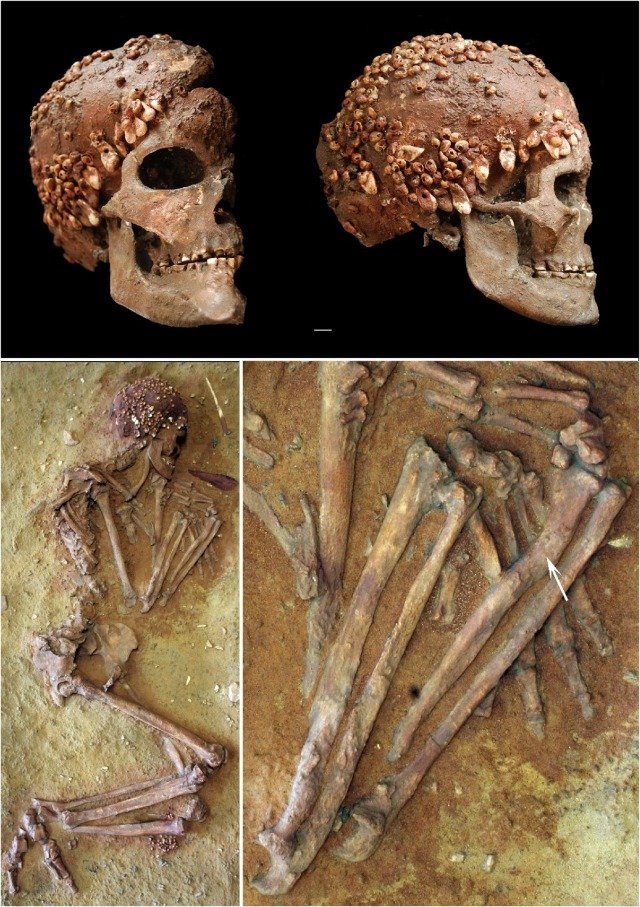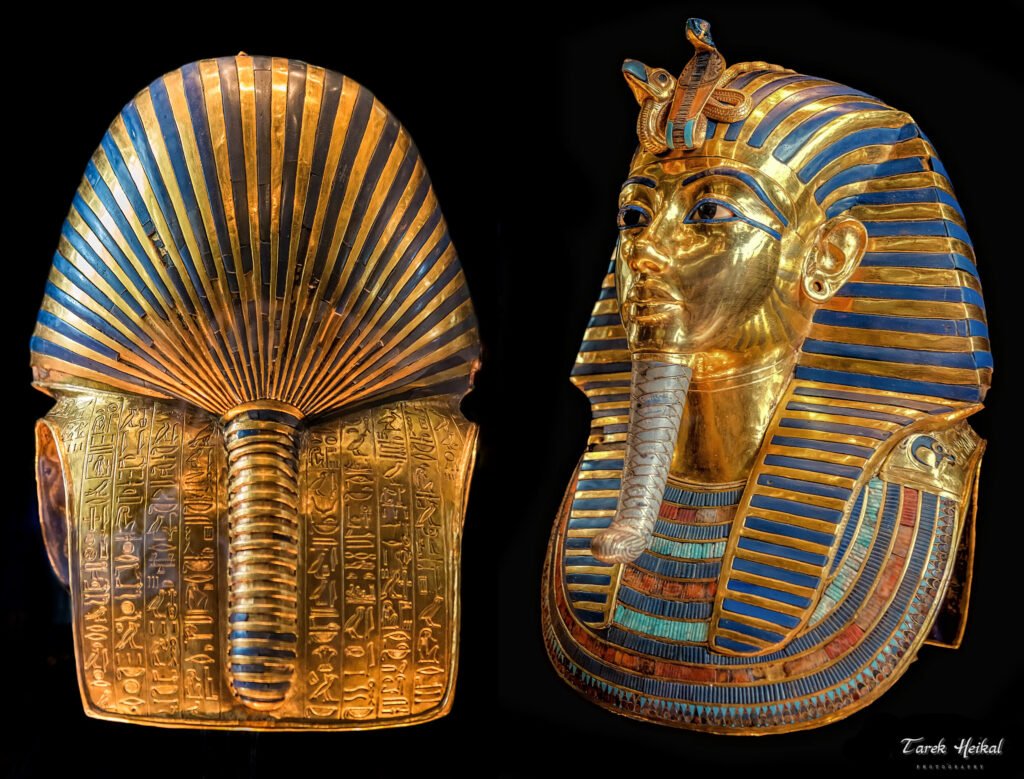Historical Context
The Cave Caviglione, part of the Balzi Rossi archaeological site along the Italian Riviera, has yielded a wealth of artifacts and human remains that date back to the Upper Paleolithic era, approximately 25,000 to 30,000 years ago. This time period is characterized by the emergence of modern Homo sapiens and significant advancements in tools, art, and social structures. The site is recognized for its well-preserved remains, which provide valuable information about the lifestyles of prehistoric peoples in this region.

Discovery and Excavation
Émile Rivière’s excavation of the Caviglione cave unearthed not only the skeleton of the Woman of Caviglione but also various artifacts that illuminate the burial practices of the time. The burial site was carefully arranged, suggesting that the community held particular significance in how they treated their dead. The attention to detail in the burial context reflects a deep understanding of ritual and reverence for the deceased.
Unique Characteristics of the Skull
What sets the skull of the Woman of Caviglione apart is its extraordinary adornment, which features:
Marine Shells: The skull is entirely covered with small marine shells, meticulously placed to form a beautiful funerary headpiece. These shells likely had symbolic meaning and were perhaps chosen for their aesthetic value or as a representation of the ocean, which could signify a connection to life after death.
Red Deer Teeth: In addition to shells, the skull is adorned with red deer teeth, further emphasizing the importance of animal symbolism in funerary practices. The use of deer teeth may have held specific cultural significance, potentially representing attributes like strength or connection to the hunt.
Interpretation of Funerary Practices
The intricate decoration of the Woman of Caviglione’s skull indicates that the people of this era might have believed in life after death. The elaborate nature of the burial suggests that the deceased were honored and remembered through rituals that highlighted their identity and status within the community.
Symbolism of Marine Shells: Marine shells often symbolize fertility, rebirth, and the connection between life and the afterlife in various cultures. Their presence on the skull may suggest that the individuals of this period had complex spiritual beliefs, potentially viewing death as a transition rather than an end.
Cultural Identity: The unique burial practices, including the adornment of the skull, provide insight into the cultural identity of these prehistoric peoples. They demonstrate a level of social complexity and an understanding of the importance of ritual in marking significant life events.
Archaeological Significance
The findings from the Caviglione cave, including the skull of Donna del Caviglione, contribute to the broader understanding of Upper Paleolithic societies. They reveal how prehistoric communities approached death and memorialization, showcasing a sophisticated grasp of symbolic practices.
Human Remains Analysis: The study of human remains from the site helps archaeologists understand the physical characteristics, health, and lifestyles of the people living during this period.
Artifact Context: Alongside the skull, various tools and artifacts found in the burial context provide further insights into daily life, survival strategies, and social organization within these ancient communities.
Legacy and Preservation
The skull of Donna del Caviglione is now housed in a museum where it continues to educate the public about ancient human practices and beliefs. Preservation of such artifacts is crucial for ongoing research and public engagement with prehistoric cultures. Exhibitions featuring the skull highlight the significance of burial customs and the relationship between the living and the deceased.
Conclusion
The skull of the Woman of Caviglione is a poignant reminder of the complexities of human belief systems surrounding death and the afterlife during the Late Palaeolithic period. Through its exquisite decoration with marine shells and red deer teeth, this skull provides invaluable insights into the cultural practices, beliefs, and social structures of prehistoric communities in Italy.
As we study the Woman of Caviglione and similar finds, we gain a deeper understanding of the human experience throughout history, reflecting on how ancient peoples sought to honor their dead and grapple with the mysteries of life and death


